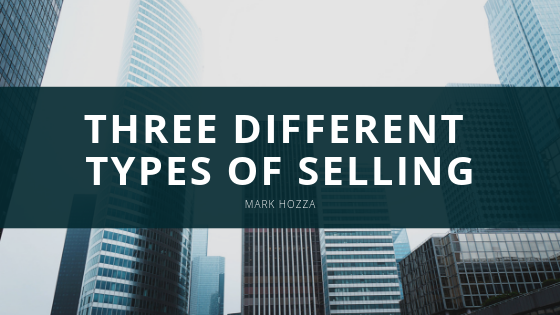There is an art to selling products, and not everyone has the ability to take something and present it in a way that makes it appealing to others. Whether it is a home, a new car or even advertising space on the television, there is a process that must be followed in order to get the deal complete that is both beneficial for you and the customer. These three specific types of selling will allow you to think critically about the process and make better decisions when it comes to selling products, no matter what they are.
Spin Selling
This form of selling is when the seller helps the buyers draw their own conclusions that they are in need of the product or service by utilizing a series of questions. These questions help identify pain points and challenges and allows for a rapport to be built between buyer and seller. This type of selling is best for B2B where there is a need for trust that leads into future sales. Although easy to implement, there isn’t a sales automation tool.
Solution Selling
Solution selling is where the sellers drive focus away from the product-centric approach and towards the benefits of the product, the impact and the relevance of a customer solution. The steps to follow in solution selling are prospective leads to diagnosis, which leads to designing solutions, establishing value, accessing decision makers, proving solutions, negotiating wins and then finally following up. Each customer has a unique solution and pain point, once understood, an agreed upon criteria will be accepted as a resolution.
Value Selling
In value selling, sellers will seek to close faster and only engage in leads with a significant impact, by asking the right questions and formulating a mutual beneficial solution. The key factors to value selling is focusing on lead qualifications and lead value assessments. It is best for large deals in an enterprise environment and allows a simplified sales methodology, making it easier to learn and master focusing on a closing plan.
Selling is a process that is continuously developed and changed. Each of these strategic forms have had great success, it is up to the seller to choose which one fits their customers needs and move swiftly in order to close a deal.

